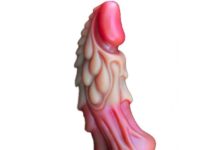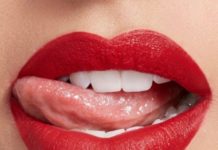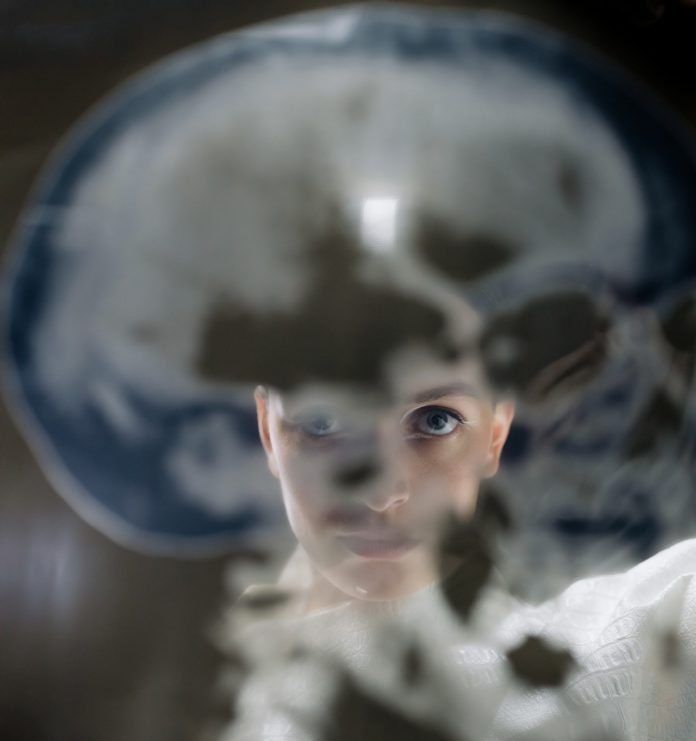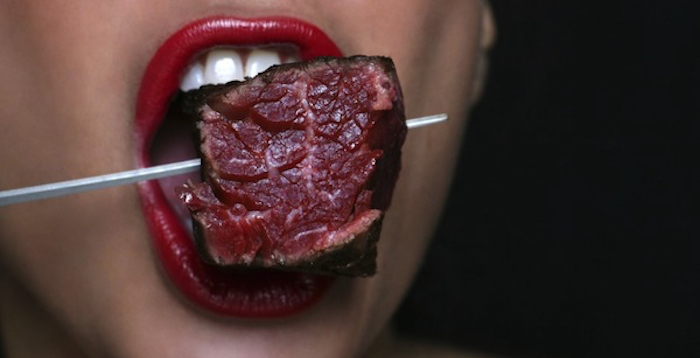The brain is tangible, the mind is not, and as Raphael Cushnir, author of The One Thing Holding You Back: Unleashing the Power of Emotional Connection defines it, “an emotion is a message from your mind delivered to your body as a physical sensation.”
The brain, mind and emotion are all interconnected. The brain is the delivery system by which messages are sent to the body, the mind processes these messages and applies appropriate emotions, and then that coded message is sent to the physical body for expression. Basically, the brain is the match, the mind is the spark, and the emotion is the flame.
While some of this happens consciously, a majority of this process takes place below the surface with the help of some highly potent chemicals.
Chemical Cocktails of Romance
“A loving heart is the beginning of all knowledge.”– Thomas Carlyle
Attraction works very much like a powerful cocktail. The process of getting ‘“turned on” through the feelings of attraction and desire is powered by various chemicals and hormones that complete an intricate recipe within your body.
If your brain is the bartender and your body the glass, these various elements are the special ingredients in the cocktail of life. While vodka can be fine on its own, you need to bring in the added elements of peach schnapps, cranberry juice and orange juice in order to sip a little “Sex On The Beach.” The brain works much the same way. You may have one basic thought (“that girl is pretty”), and then suddenly with a splash of this chemical and twist of that hormone, you’re giddy with desire!
Oxytocin is like the strawberry in the strawberry daiquiri. It is released by the pituitary gland and has been linked to the formation of close social bonds because it decreases stress levels and increases trust.
Vasopressin is like the tonic in the gin. It is a calming chemical secreted by the hypothalamus that fuels long-term relationship bonding.
Androgens are the Tabasco in the Bloody Mary. Testosterone is the primary sex hormone from a group called “Androgens.” Produced mostly by male testicles, it can also be created in smaller amounts by the female ovaries. While most men produce 6 to 8 mg of testosterone a day, most women produce only 0.5 mg. Low levels of testosterone have been linked to decreased sexual desire as well as causing some men to have difficulty maintaining an erection, while high levels may increase sexual lust in both sexes. In fact, women in their reproductive years have seen their testosterone levels spike in
the middle of their menstrual cycle, which helps explain why many women have reported an increased sexual appetite when they are most fertile.
Estrogens are like the cranberry juice in a Cosmopolitan. These are the sex hormones produced primarily by a female’s ovaries that play a large role in the female body by stimulating the growth of sex organs, breasts and pubic hair, while also regulating the menstrual cycle. The brain of both sexes also produces estrogen, though what part this
plays in male sexuality hasn’t yet been established. It is believed by many researchers that it plays an important role in sexual appetite.
Nitric Oxide is the olive juice in the dirty martini. This chemical is released by the genitals during arousal. It increases blood flood to the sex organs, especially the penis.
Pheromones are the lime juice on the glass rim of a margarita. These scented hormones are found primarily in the odor-producing apocrine glands of the armpits and other areas of the body that have hair follicles. Linked to sexual attraction, research has indicated that we may select our partners by using a set of subtle smell cues, since no two people have the same odor print, with the exception of identical twins. However there is much research in progress about the exact way these hormones work, so the jury is still out.
Neurotransmitters are like the various fruits in sangria. Epinephrine, norepinephrine, dopamine, serotonin, and phenylethylamine (PEA) are the ‘BrainGasm’ neurotransmitters that stimulate motivation and drive. After playing a minor role in the initial phase of love, it is really in the second stage (“Adventure”) that they take the spotlight and work to help the brain feel balanced. Epinephrine and norepinephrine are responsible for the feelings of an “adrenaline rush”, with high levels associated with anxiety and low levels with depression.
































